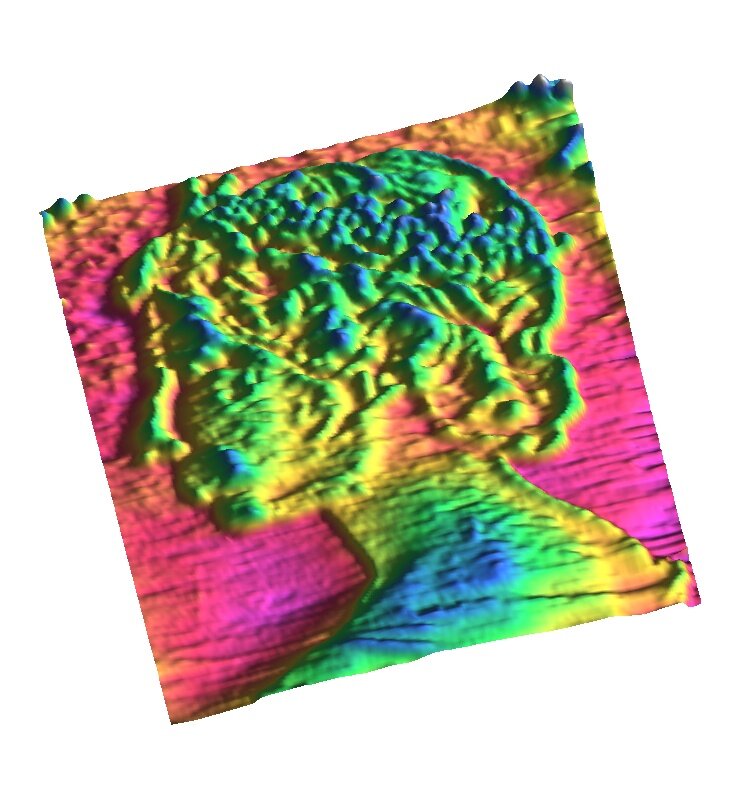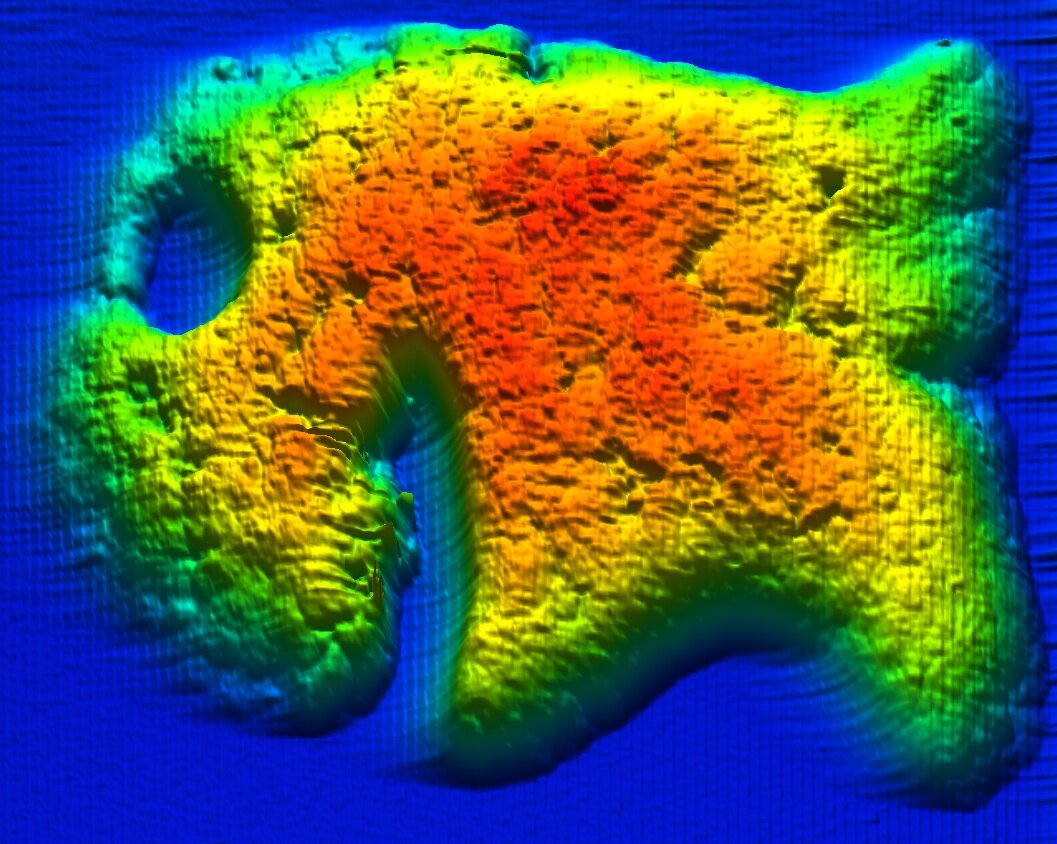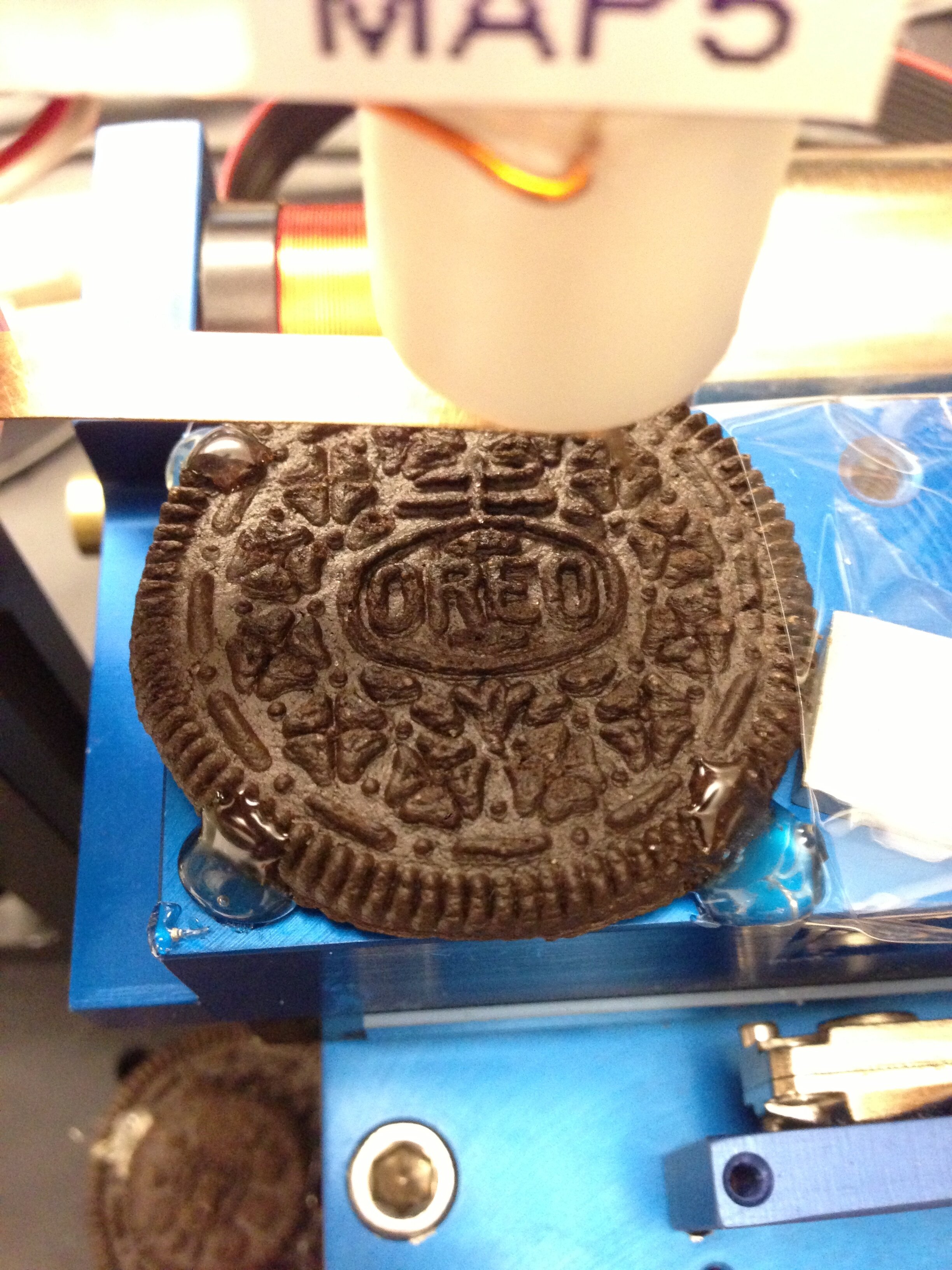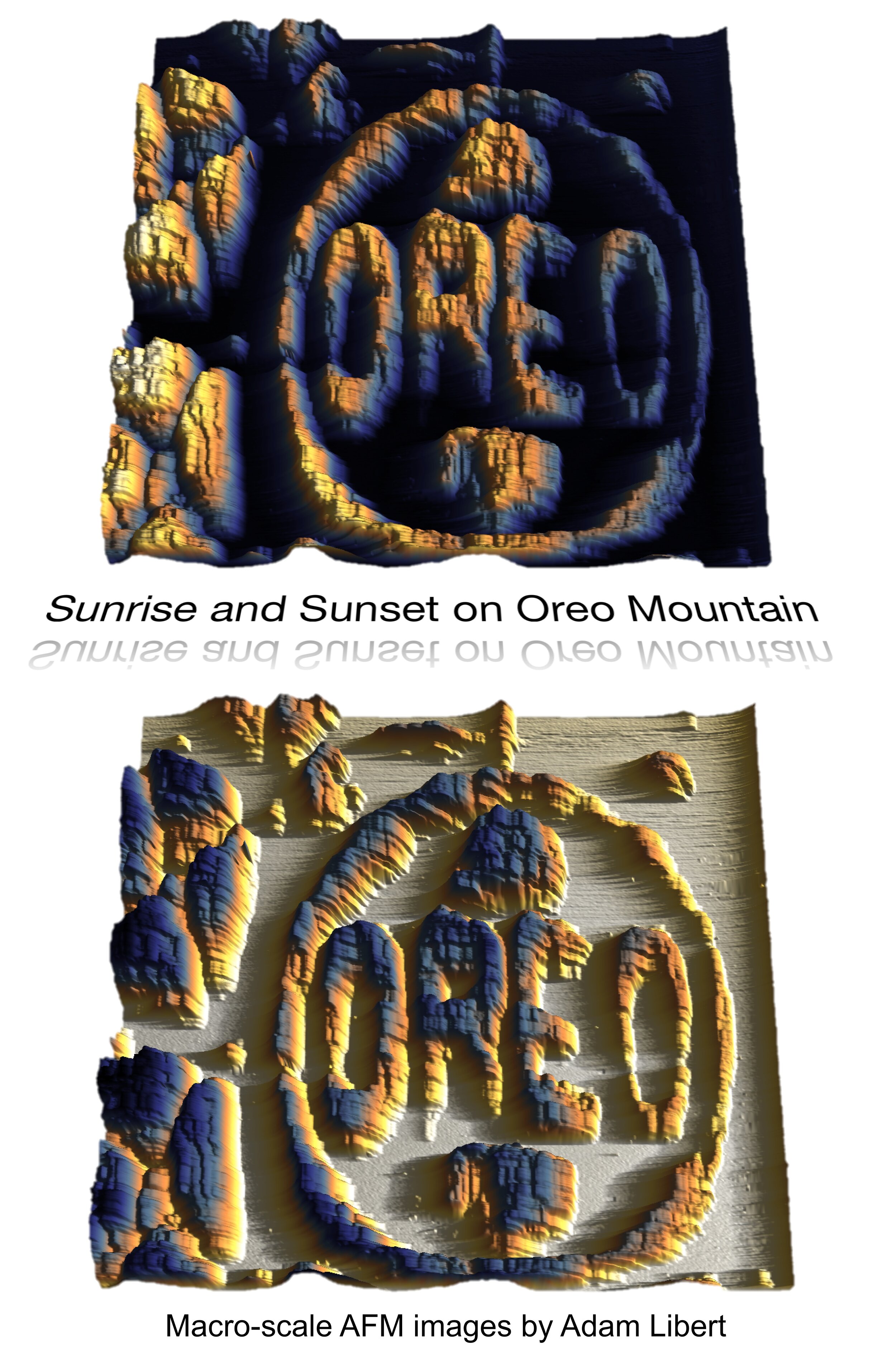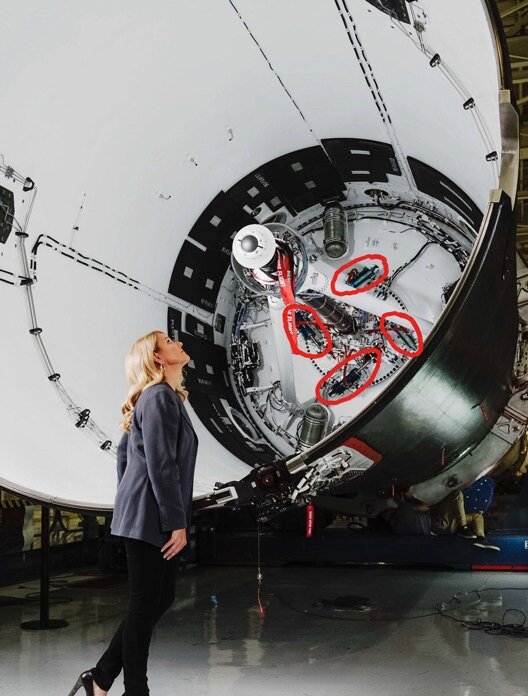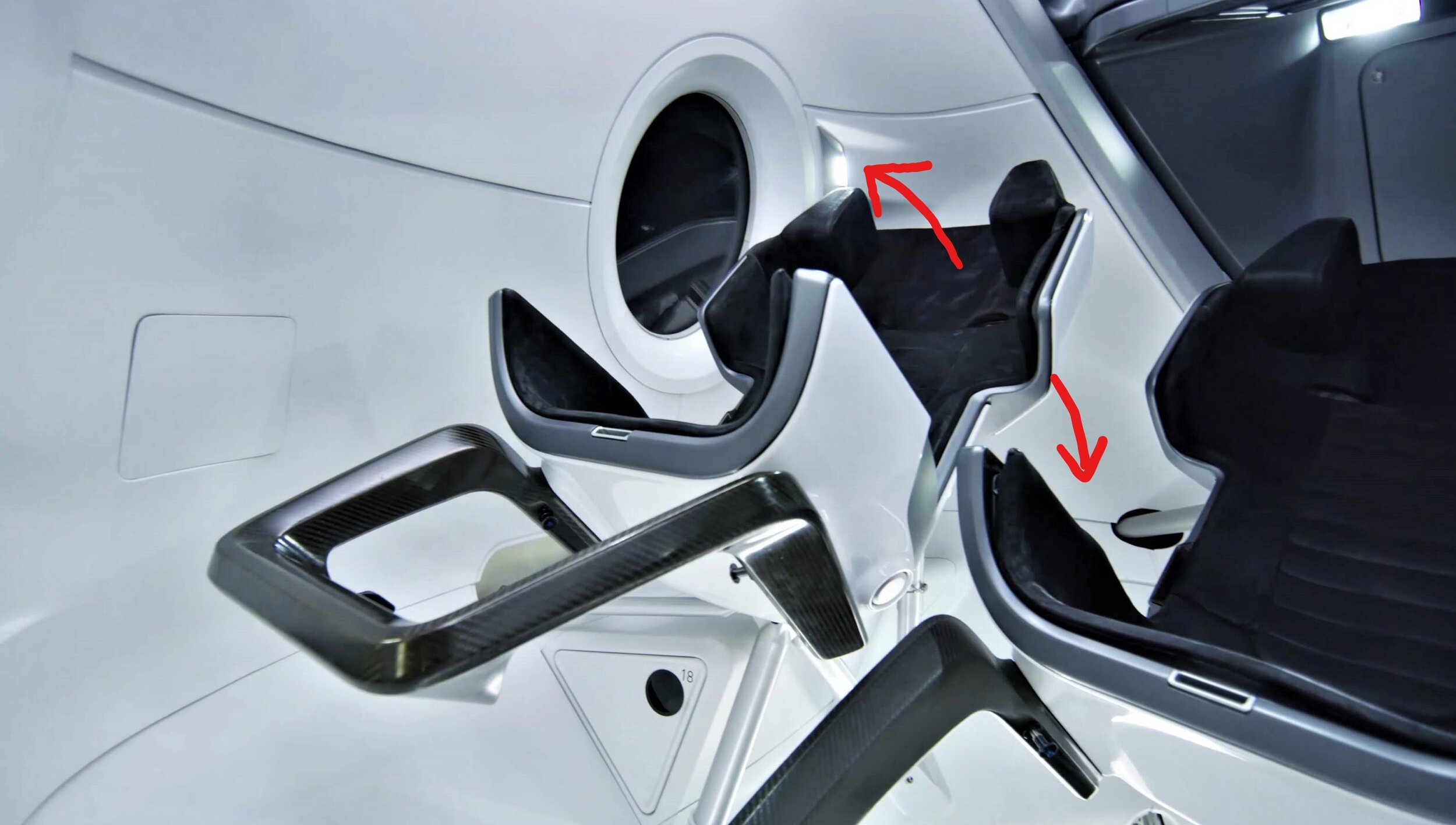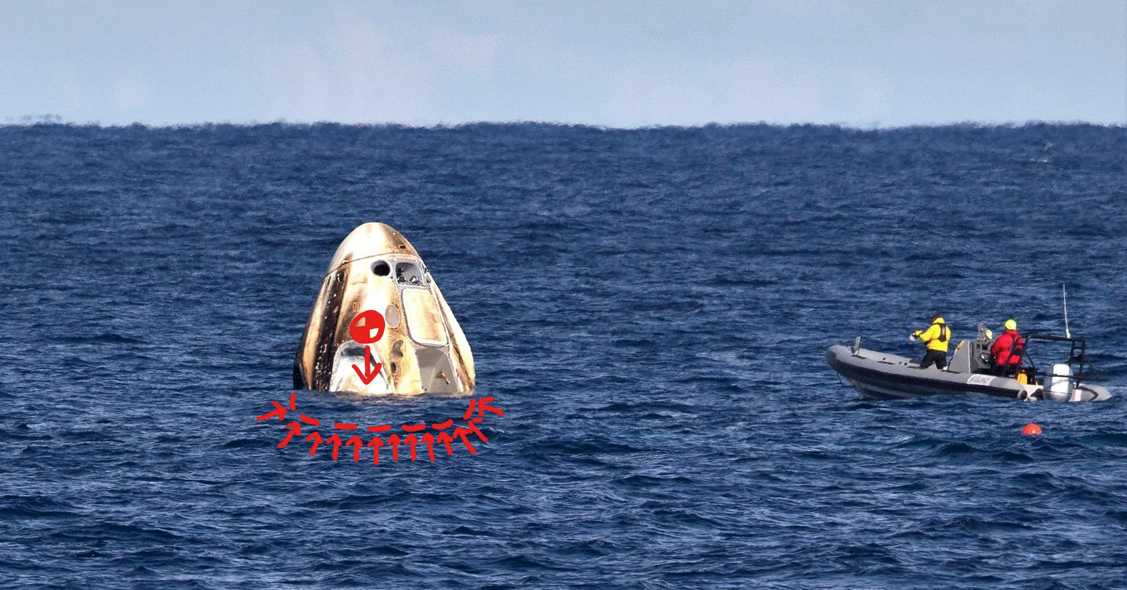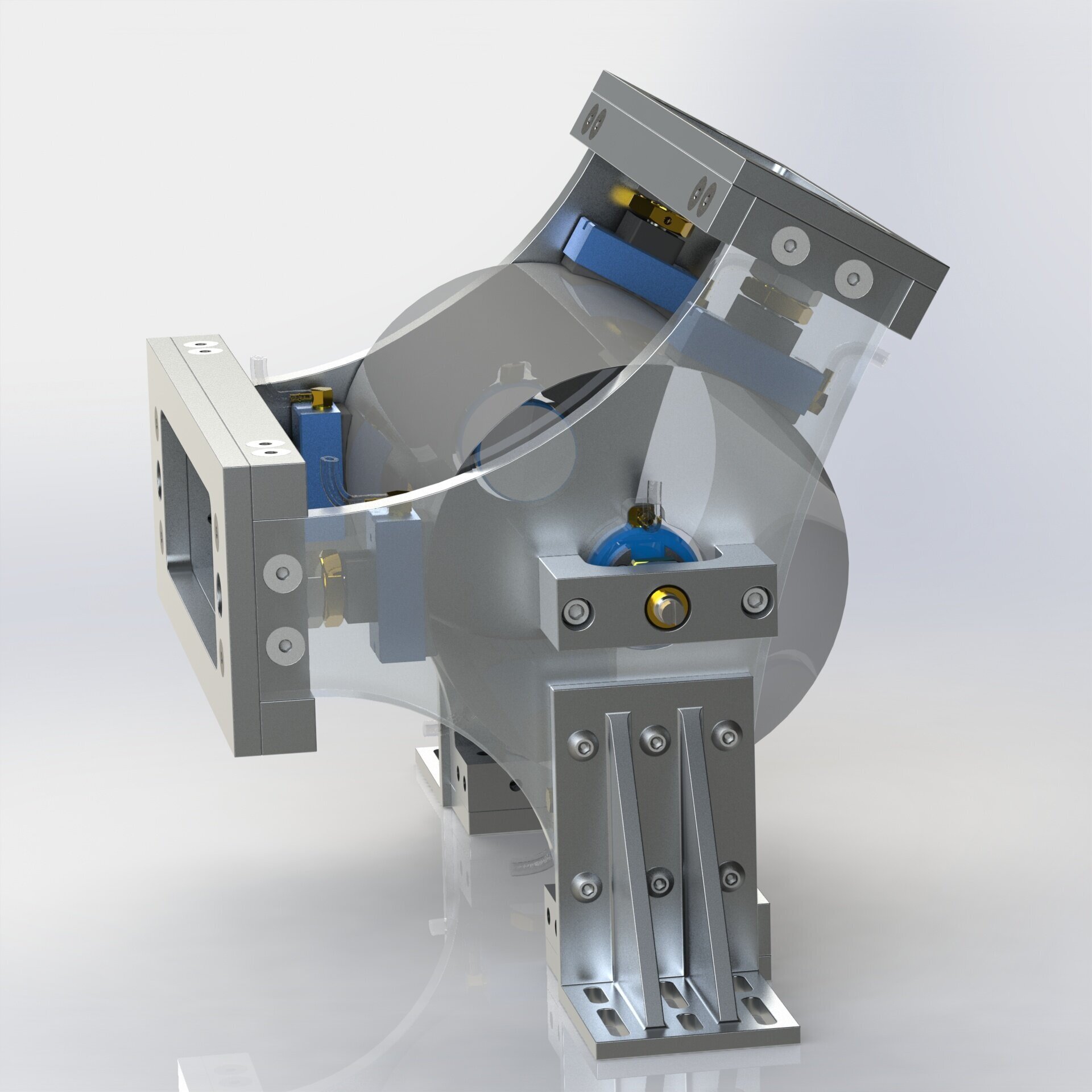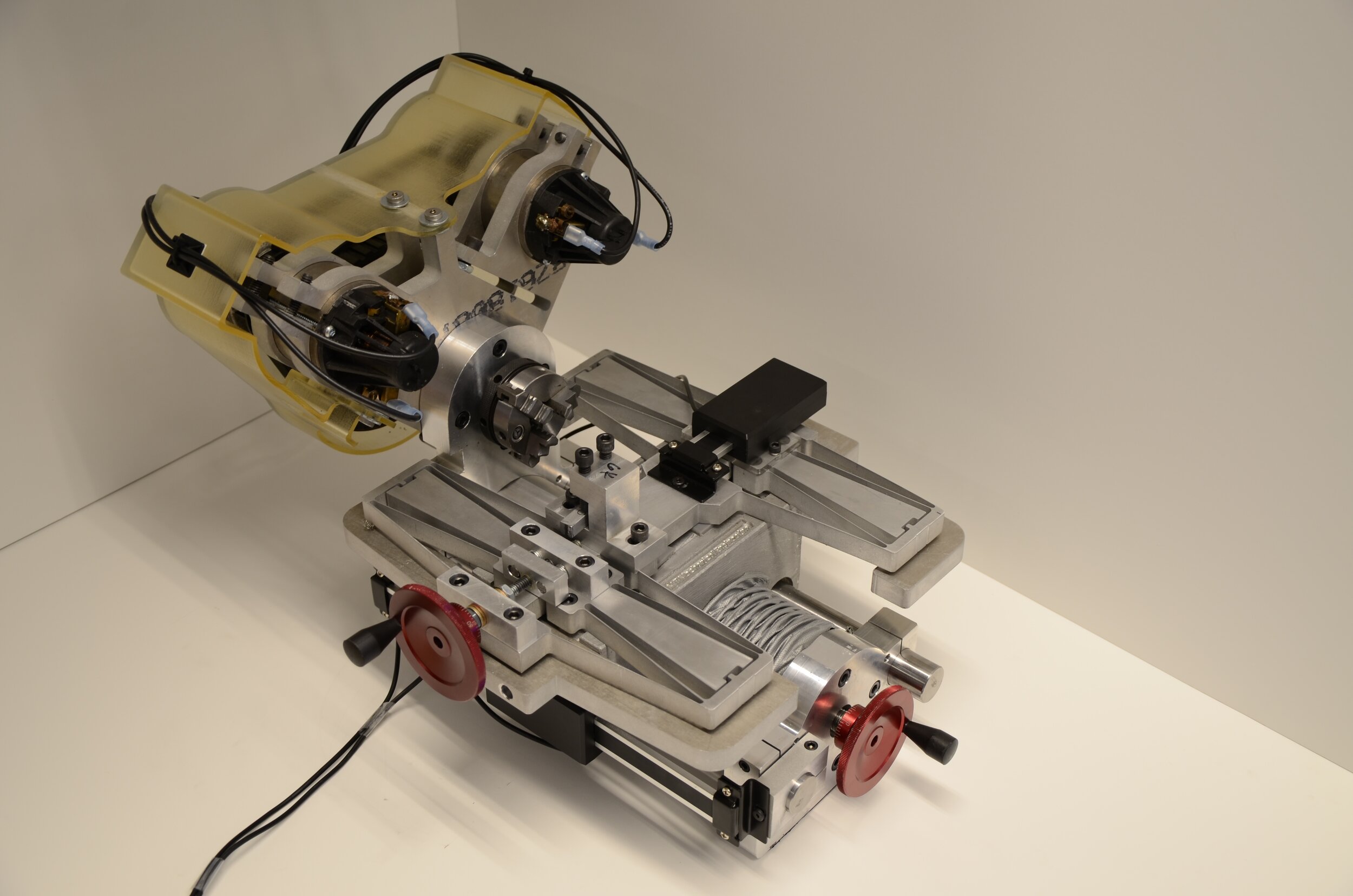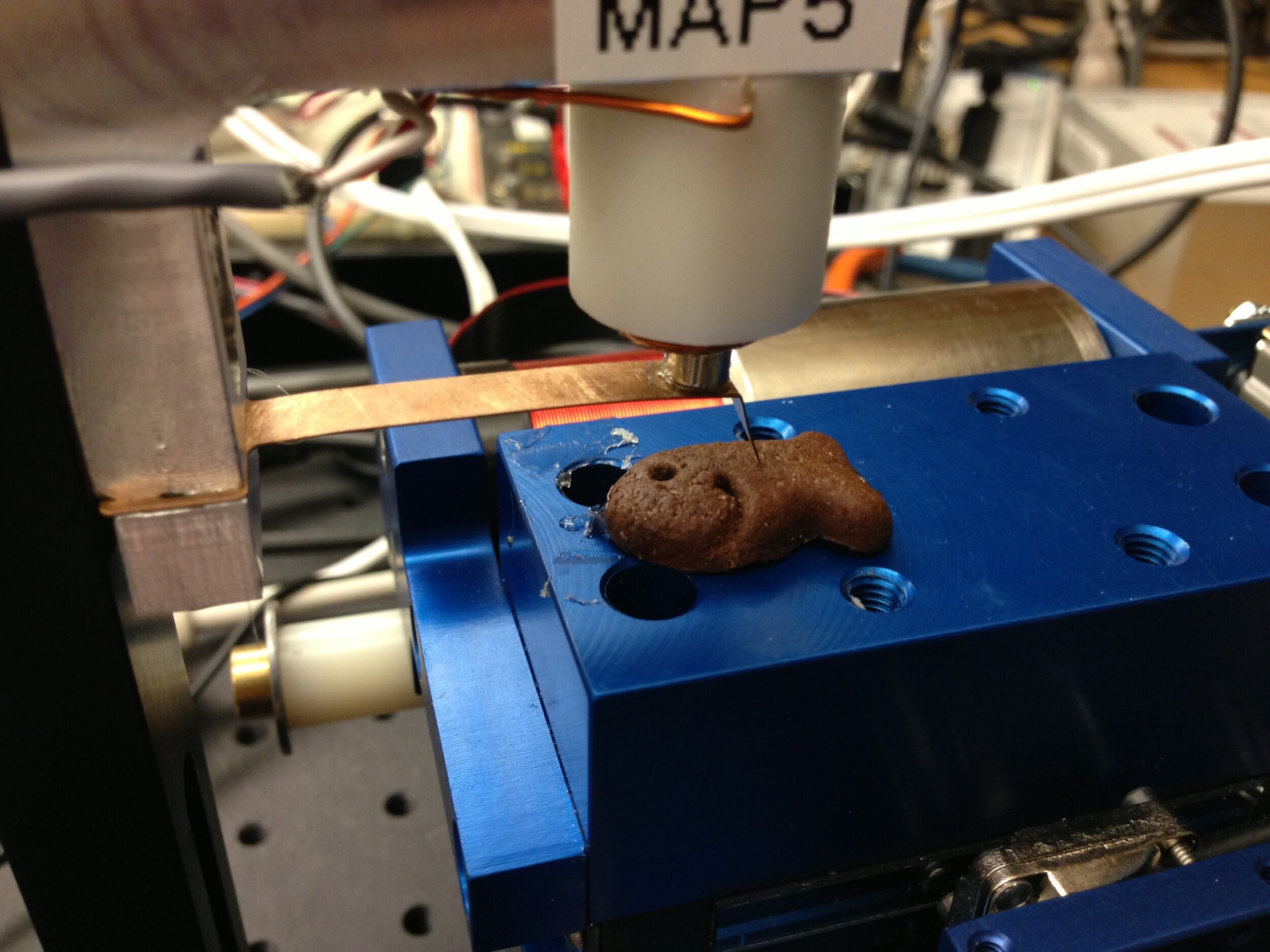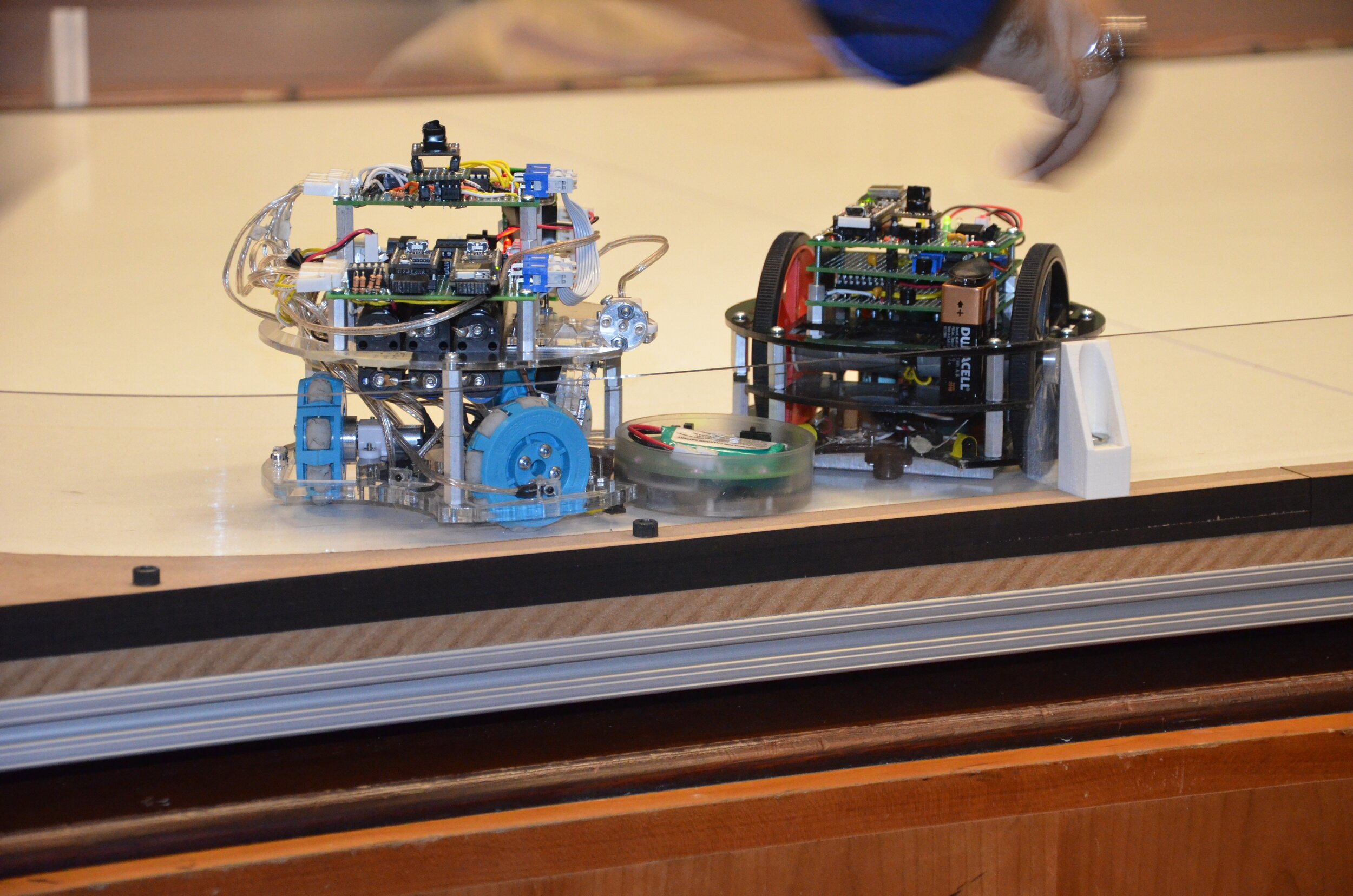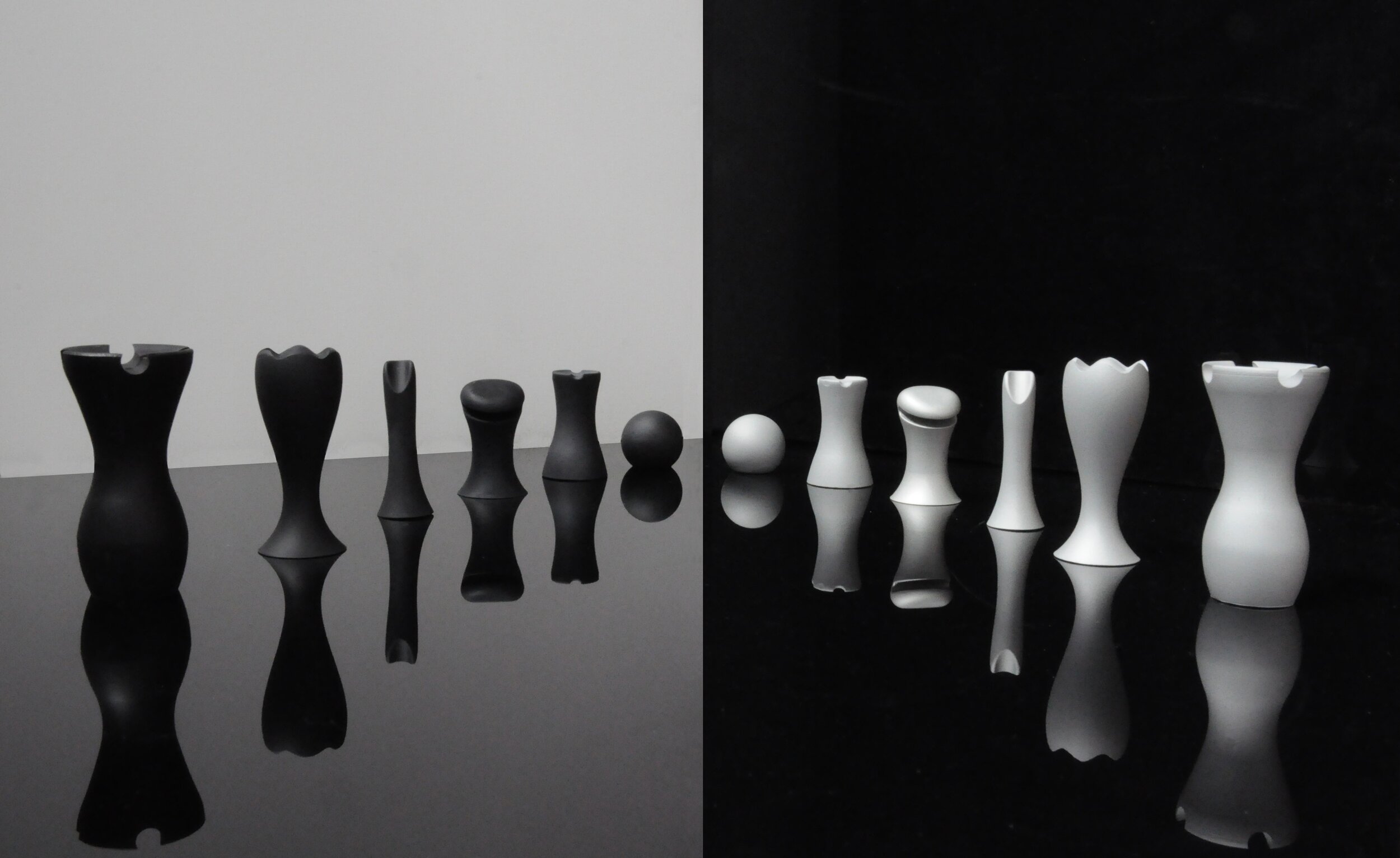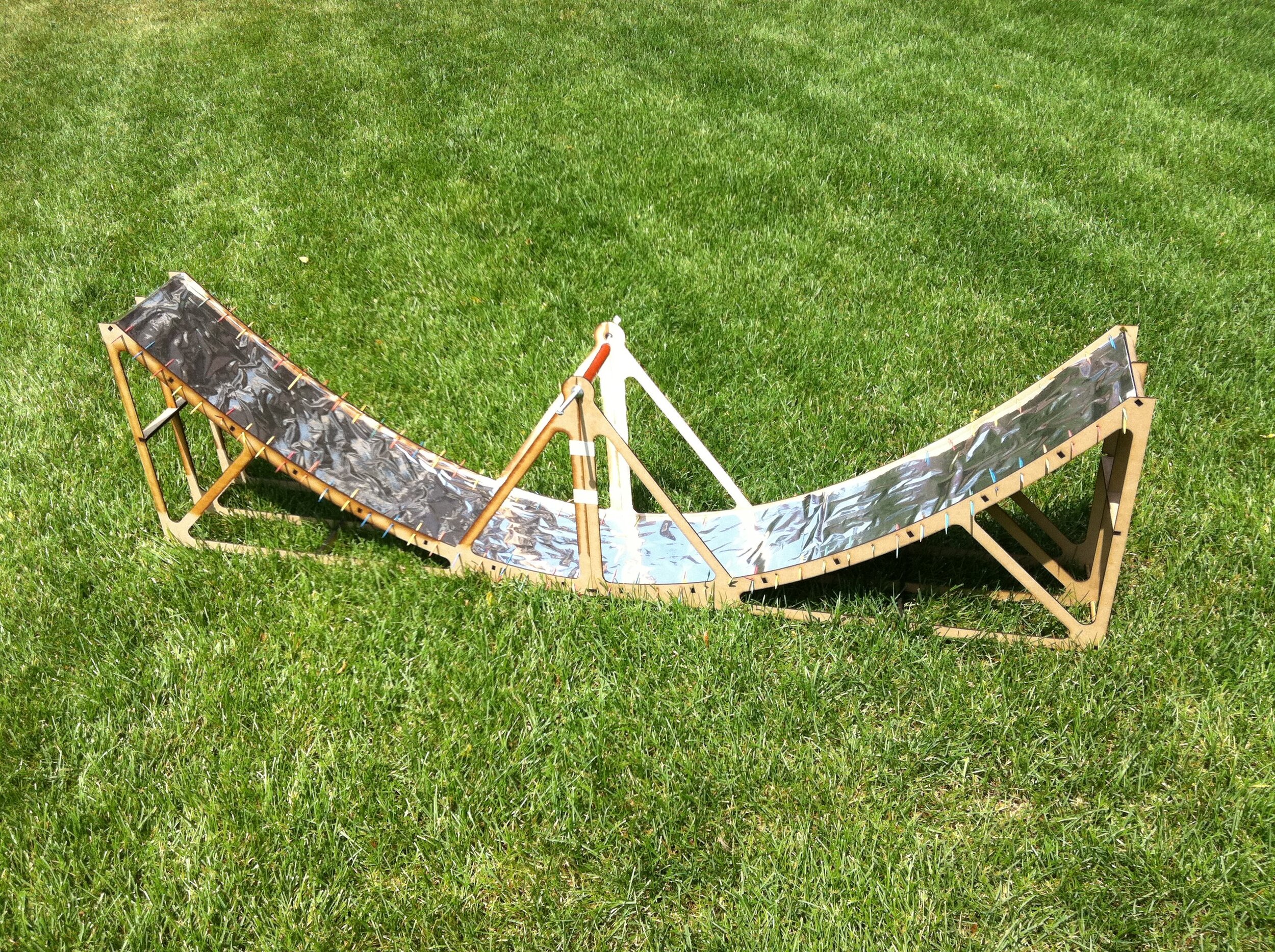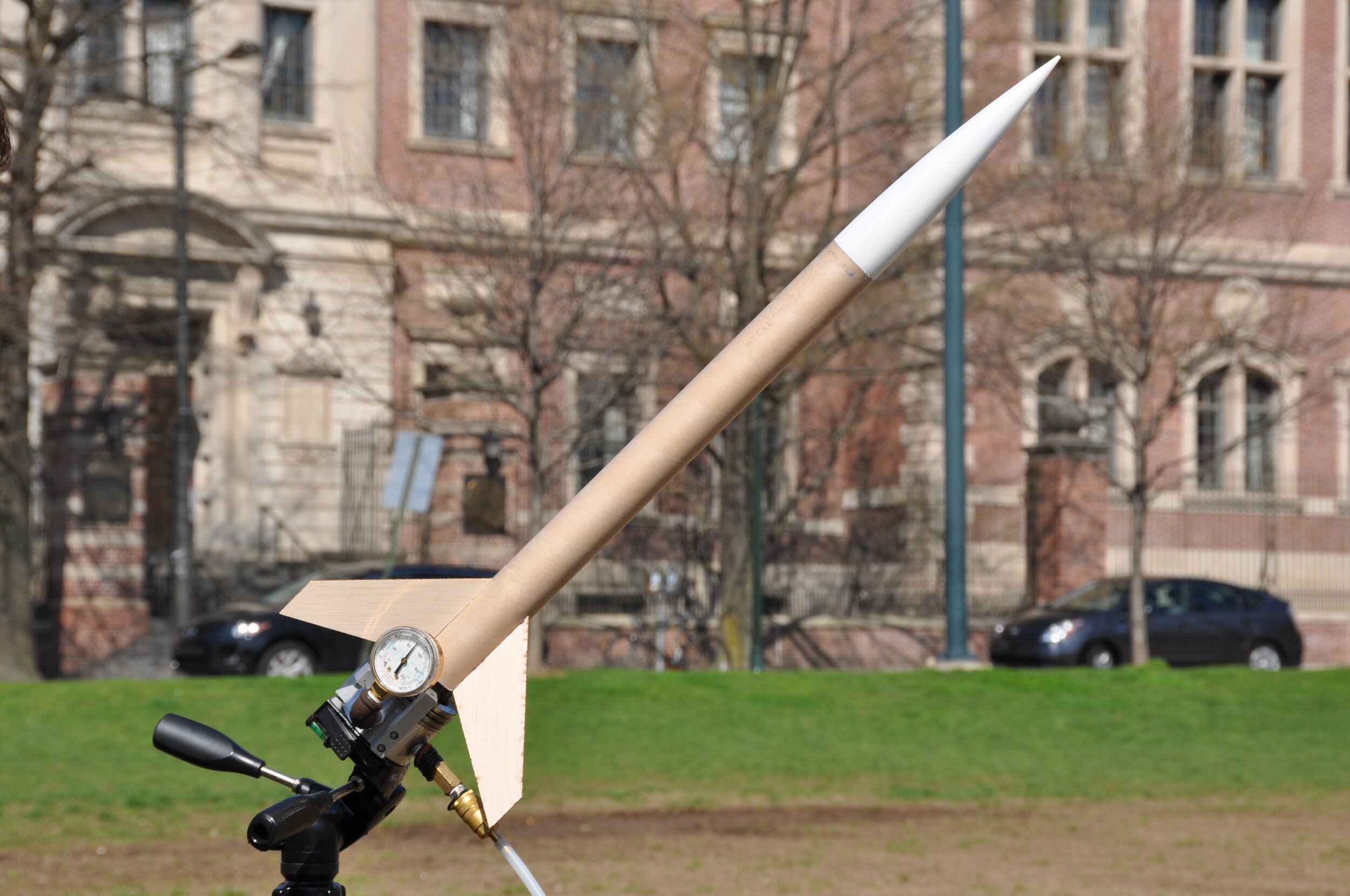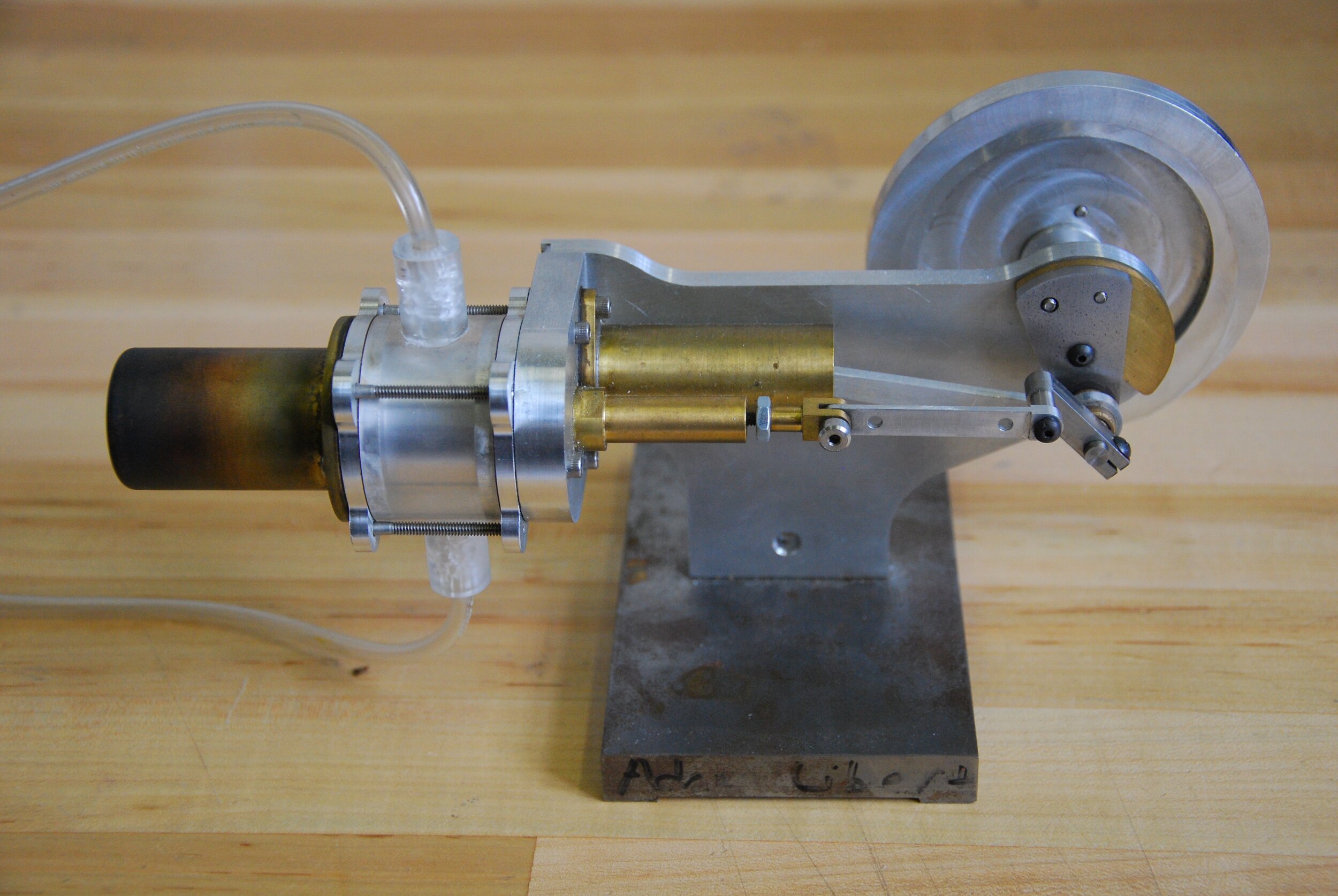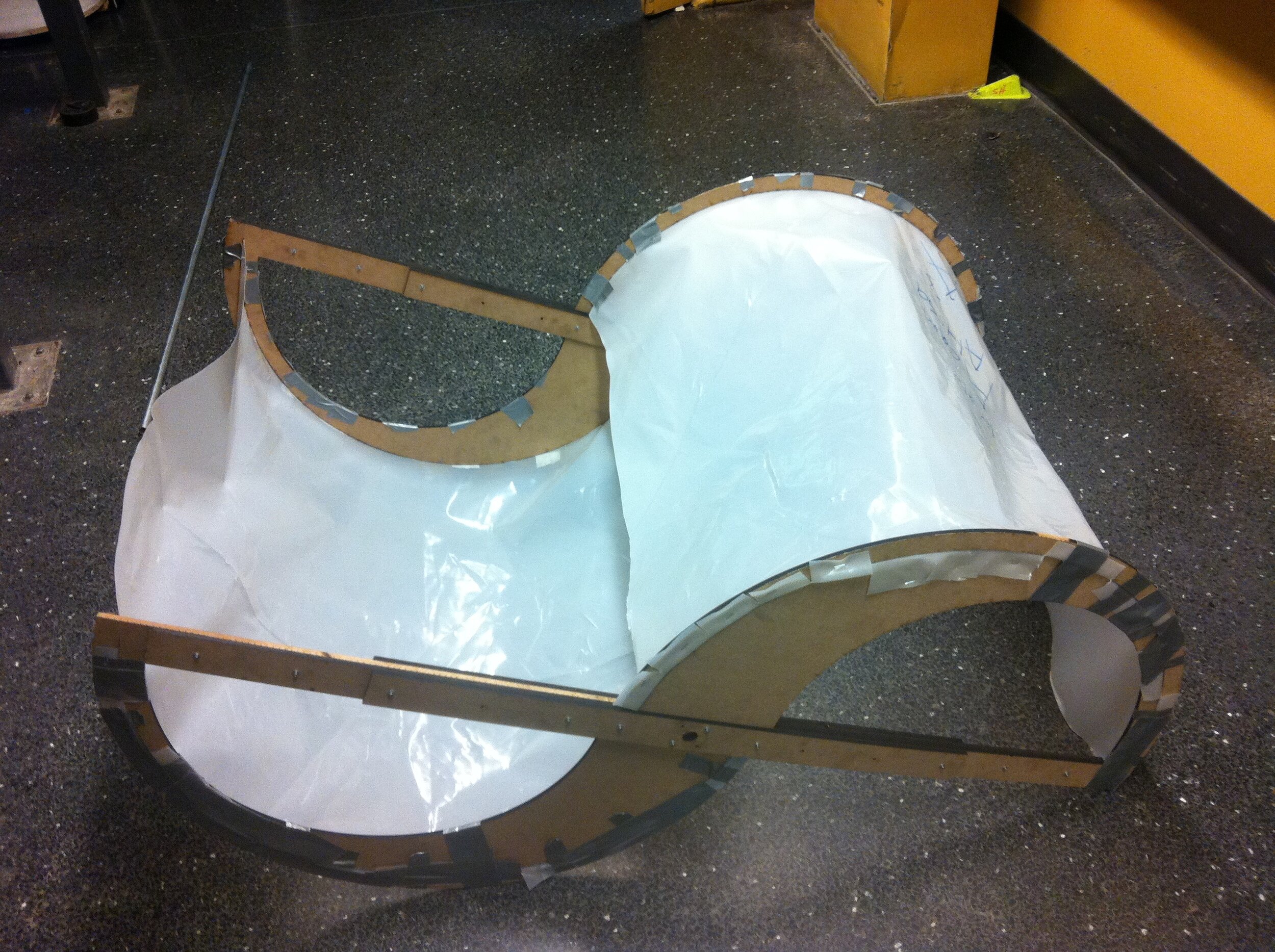atomic force microscope
Mechatronics Course Project – Massachusetts Institute of Technology (2012)
Objective:
We each had to develop a control algorithm for an AFM to take a high-resolution 3D scan of the face of a coin.
Project Details:
Using hardware developed for a mechatronics course, I coded a LabVIEW program and control algorithm for a macro-scale atomic force microscope (AFM) profiler. This project required interfacing with rotary and optical linear encoders, voice coils, a stepper motor, and various existing and self-made amplifiers. We did this with a National Instruments Real-Time Computer and FPGA. The AFM used an inch-long copper cantilever as the scanning probe, which was excited at its resonant frequency by a magnet and miniature voice coil. While the y-axis of the positioning stage was simply driven by a stepper motor open loop, the x-axis used a voice coil with an interpolating optical encoder for position sensing. We modeled the voice coil stage and used the loop-shaping method to create a suitable position controller for it.
Results
Using hardware developed for a mechatronics course, I coded a LabVIEW program and control algorithm for a macro-scale atomic force microscope (AFM) profiler. This project required interfacing with rotary and optical linear encoders, voice coils, a stepper motor, and various existing and self-made amplifiers. We did this with a National Instruments Real-Time Computer and FPGA. The AFM used an inch-long copper cantilever as the scanning probe, which was excited at its resonant frequency by a magnet and miniature voice coil. While the y-axis of the positioning stage was simply driven by a stepper motor open loop, the x-axis used a voice coil with an interpolating optical encoder for position sensing. We modeled the voice coil stage and used the loop-shaping method to create a suitable position controller for it.


